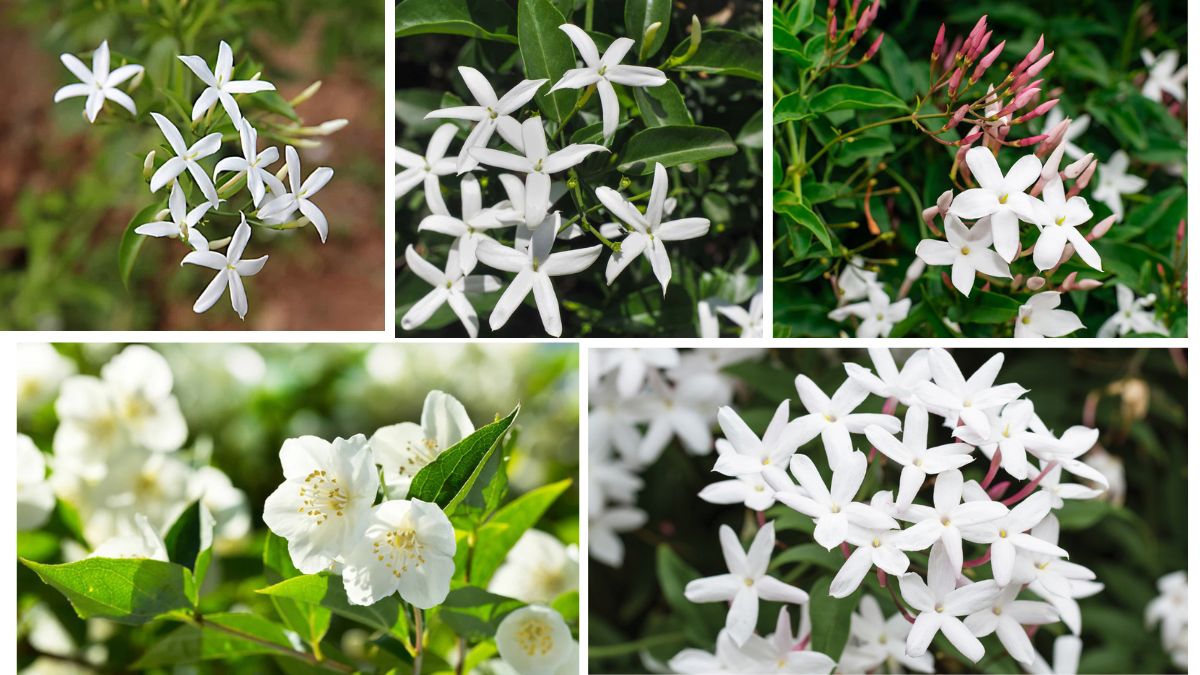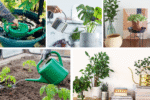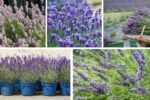Jasmine is a plant known for its intoxicatingly sweet scent, elegant white or yellow blooms, and versatile use in gardens, trellises, and patios. Revered across cultures for centuries, jasmine has been used in perfumes, teas, religious ceremonies, and traditional medicine. Whether you’re aiming to enhance your home garden with delightful fragrance or wish to grow this beautiful plant indoors, growing jasmine can be a richly rewarding experience.
This article offers detailed, expert-backed tips for successfully growing jasmine, including choosing the right variety, optimal growing conditions, planting techniques, care instructions, and common problems to watch for.
1. Understanding Jasmine: A Fragrant Favorite
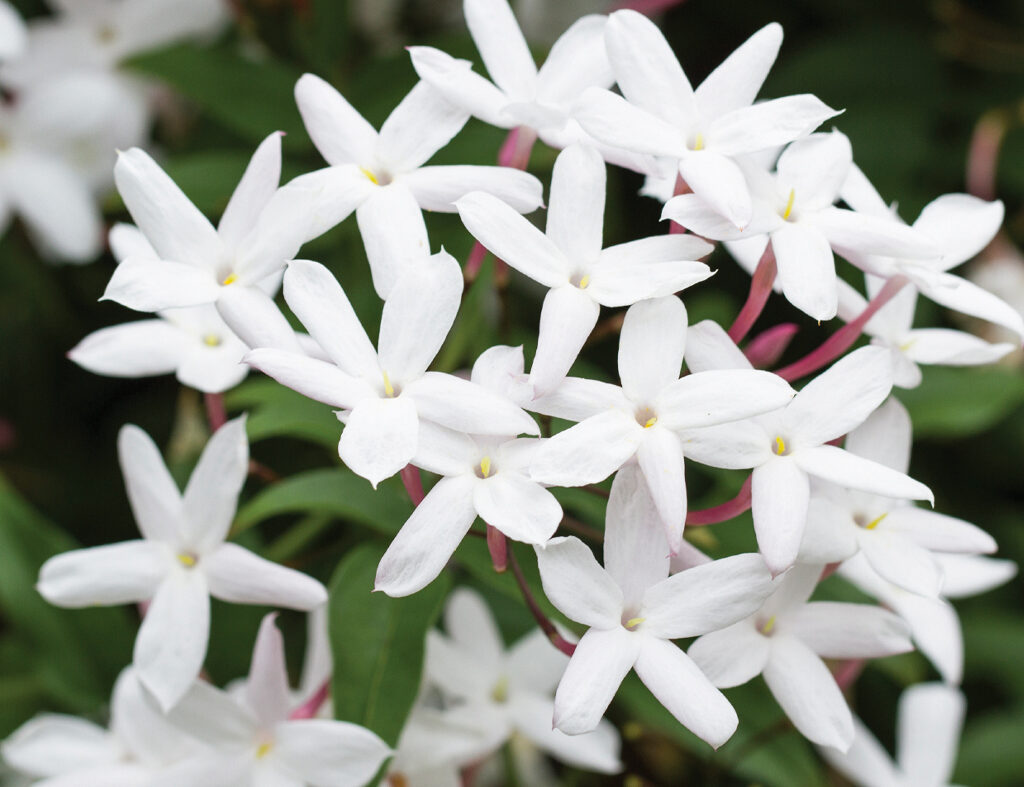
Jasmine belongs to the Oleaceae family and includes over 200 species. Some are vines, others are shrubs, and a few are small trees. Most jasmine plants thrive in warm climates and are either evergreen or deciduous, depending on the variety and climate.
Popular Jasmine Varieties for Home Gardens:
- Common Jasmine (Jasminum officinale) – Fast-growing vine with highly fragrant white flowers.
- Arabian Jasmine (Jasminum sambac) – Small shrub with intensely fragrant white blooms; national flower of the Philippines.
- Winter Jasmine (Jasminum nudiflorum) – Cold-tolerant with yellow flowers and less fragrance.
- Spanish Jasmine (Jasminum grandiflorum) – Ideal for perfumes and teas; vigorous grower with large white flowers.
Knowing your variety helps you tailor your care and location accordingly.
2. Ideal Conditions for Growing Jasmine
Sunlight
Jasmine loves full sun to partial shade. Ideally, they should receive at least 6 hours of direct sunlight daily. However, in very hot climates, some afternoon shade can prevent leaf scorch.
Temperature and Climate
Jasmine thrives in tropical and subtropical climates. Most species prefer temperatures between 60°F–75°F (15°C–24°C). Protect from frost unless you’re growing a cold-hardy species like Winter Jasmine.
Air Circulation
Good air circulation is essential to prevent mildew and fungal infections. Space the plants adequately and avoid overcrowding.
3. Soil and Planting Requirements

Soil Type
Jasmine prefers well-draining, moderately fertile soil with a pH between 6.0 and 7.5. Sandy loam or loamy soil enriched with organic compost is ideal.
Drainage
Waterlogged soil can lead to root rot. Always choose a location where water doesn’t stagnate. For container plants, ensure pots have proper drainage holes.
When to Plant
Spring is the best time to plant jasmine, especially after the last frost. This gives the plant time to establish itself before flowering season.
4. Planting Jasmine: Step-by-Step
Outdoor Planting:
- Dig a hole twice as wide and as deep as the root ball.
- Mix compost or aged manure into the soil.
- Place the jasmine plant in the hole at the same level it was growing in its container.
- Fill the hole and gently firm the soil.
- Water thoroughly after planting.
Container Planting:
- Choose a large, sturdy container.
- Use a mix of potting soil, sand, and compost.
- Repot every 2–3 years as the plant outgrows its container.
5. Jasmine Plant Care Tips
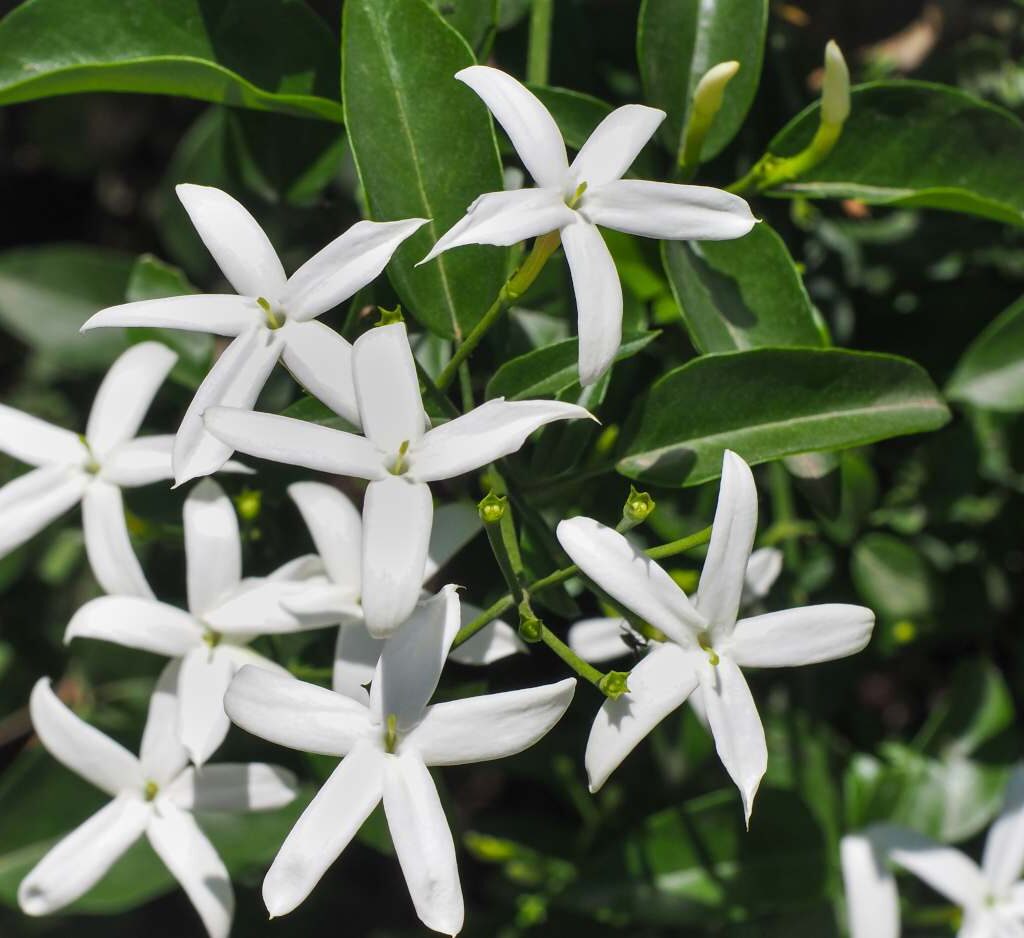
Watering
- Water regularly to keep the soil slightly moist but never soggy.
- Reduce watering in winter when growth slows down.
- Container plants may require more frequent watering.
Fertilization
Feed jasmine once a month during the growing season (spring through early fall) with a balanced, slow-release fertilizer or one high in phosphorus to bost flowering.
Pruning
Prune jasmine after the blooming season to control size and encourage new growth. Remove dead or tangled branches and faded flowers.
Support and Training
Vining varieties need a trellis, arbor, or fence to climb. Gently tie young stems and guide them in the desired direction.
6. Indoor Jasmine Care
If you’re growing jasmine indoors:
- Place the pot in a bright, south-facing window.
- Maintain humidity using a humidifier or pebble tray.
- Keep the temperature consistent and away from heaters or cold drafts.
- Provide support like a small trellis inside the pot for climbing.
7. Common Problems and Solutions
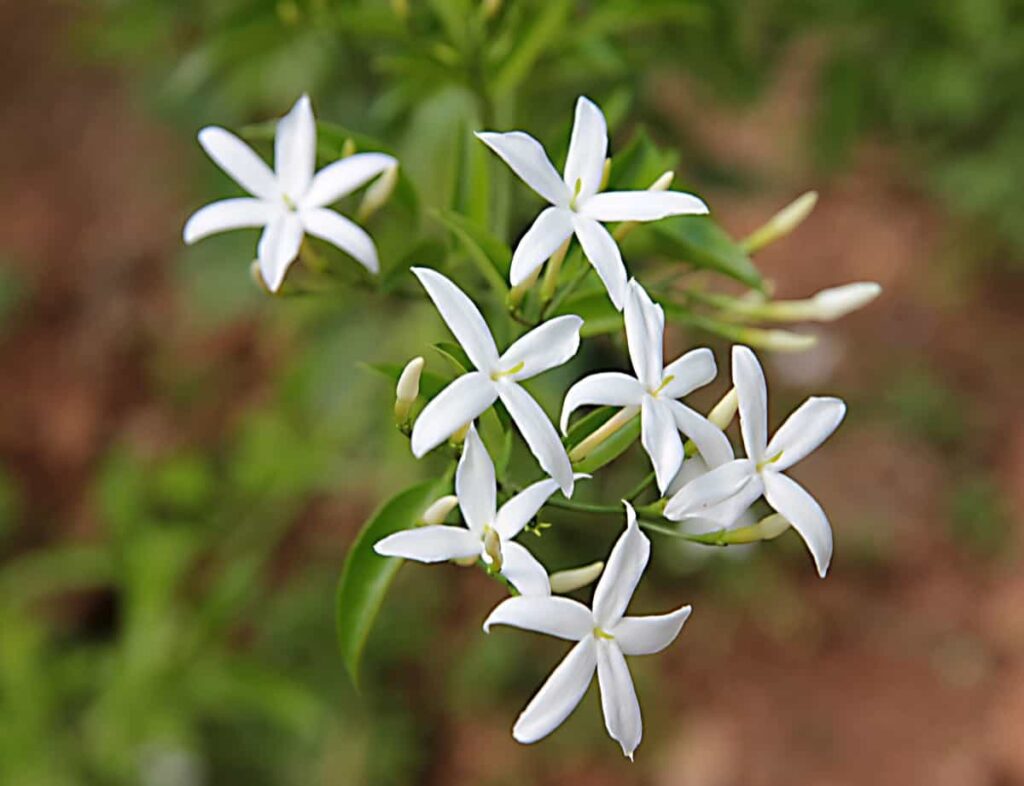
Pests
- Aphids, mealybugs, and whiteflies are common. Treat with neem oil or insecticidal soap.
- Watch for spider mites during dry periods; increase humidity to deter them.
Diseases
- Root rot from overwatering is a serious concern.
- Leaf spot and powdery mildew may occur in humid conditions—improve airflow and avoid overhead watering.
Lack of Flowers
If your jasmine isn’t blooming:
- Check sunlight levels (at least 6 hours/day is ideal).
- Avoid high-nitrogen fertilizers that promote leaves over flowers.
- Ensure it’s not root-bound if in a pot—repot if necessary.
8. Propagating Jasmine
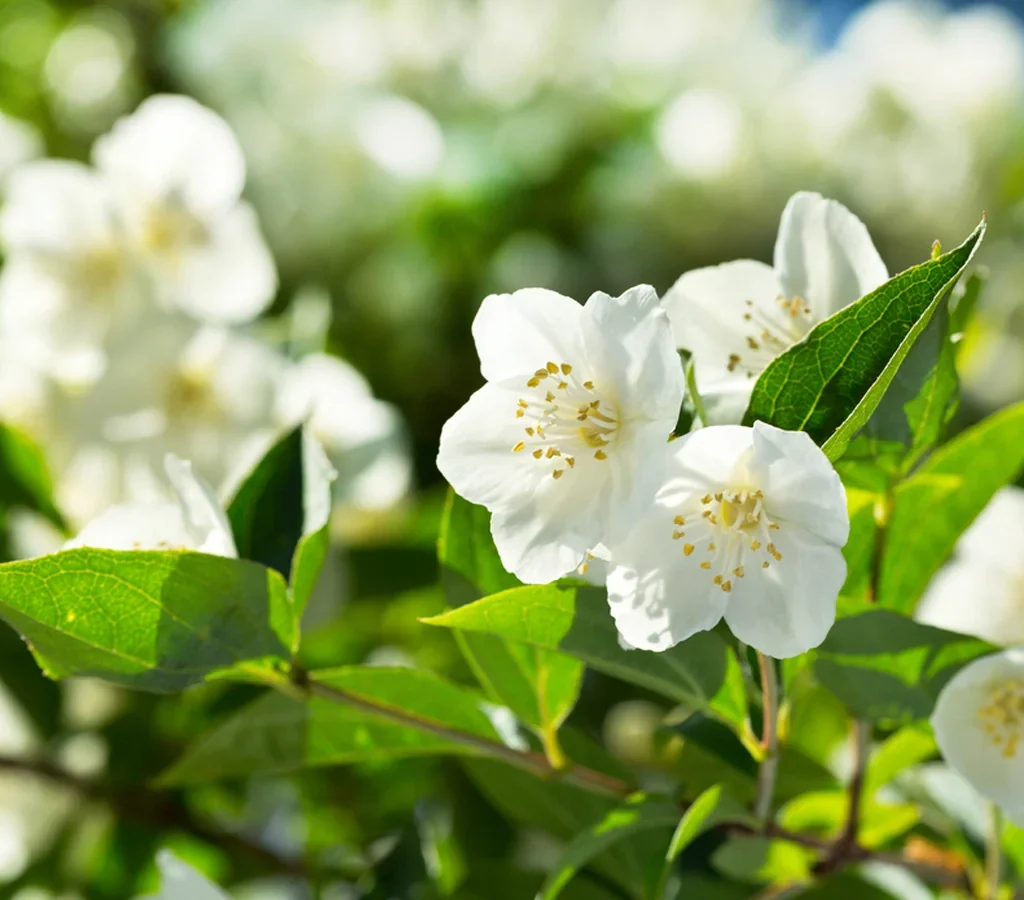
Jasmine can be propagated via:
- Stem Cuttings (most common method): Take 6-inch cuttings from healthy stems, dip in rooting hormone, and plant in moist soil.
- Layering: Bend a branch to the ground, cover with soil, and wait for roots to develop.
- Seeds: Less common as germination is slow and unreliable.
9. Companion Plants for Jasmine
Jasmine pairs well with:
- Roses – for complementary fragrance and color.
- Lavender – both love the sun and offer aromatic appeal.
- Clematis or Honeysuckle – ideal climbing companions for vertical gardens.
- Gardenias – another fragrant shrub that enjoys similar growing conditions.
10. Jasmine’s Uses Beyond the Garden
Aromatherapy & Perfume
Jasmine is a key ingredient in many luxury perfumes due to its exotic scent and calming properties.
Teas and Culinary Use
Arabian Jasmine (J. sambac) is used to flavor teas, especially in Chinese and Indian cultures.
Medicinal and Cultural Significance
In Ayurveda and traditional medicine, jasmine is used to reduce anxiety, improve mood, and promote restful sleep.
Final Thoughts
Growing jasmine is an enriching experience for both beginner and seasoned gardeners. Its heavenly fragrance, lush foliage, and symbolic value across cultures make it a timeless addition to any garden or home. With the right sunlight, watering routine, pruning schedule, and pest control, jasmine will reward you with fragrant blooms season after season.
Whether cascading down a trellis or brightening a sunny windowsill, jasmine is a reminder that gardening isn’t just about growing plants—it’s about nurturing beauty and joy.
